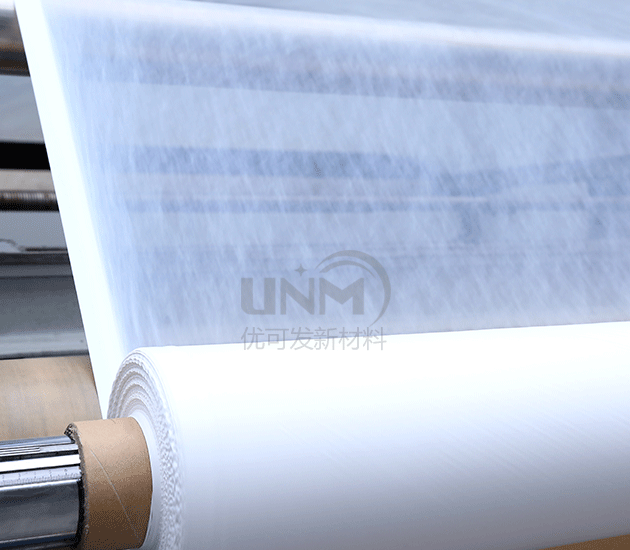Polytetrafluoroethylene is what we usually call PTFE, and polytetrafluoroethylene proton membrane is one of its types. At present, the main preparation processes for PTFE microporous membranes include: biaxial stretching film-forming method and improved ones. Biaxial stretching film forming method and other innovative methods such as carrier film forming method and electrospinning film forming method.

The expanded PTFE microporous membrane has excellent chemical corrosion resistance, high and low temperature resistance, and low friction coefficient. Hot pressing or adhesive compounding to the surface of traditional filter media can make film-coated composite filter media with special properties. Because the expanded PTFE membrane has many holes and a small pore size (pore size is 0.3 to 10 μm), the microporous film can intercept tiny dust particles, and the surface of the film is extremely smooth, making it difficult to form a thick dust layer and making it easier to clean. At present, expanded PTFE membrane filter materials have been widely used in flue filtration and hot air filtration in chemical plants, power plants, carbon black plants, cement plants, spray paint plants, etc.
The principle of hydrogen fuel cells is to use electrochemical reactions to convert the chemical energy of hydrogen into electrical energy. This poses a problem for the proton exchange membrane, the core component of the fuel cell. higher requirements. Polytetrafluoroethylene proton membrane Due to its special performance characteristics, it also has great development prospects in the development of new energy. It can be used as an electret material or as an electrolyte in proton exchange membrane fuel cells. Proton exchange membrane materials are used.
Proton exchange membrane can be used in fuel cells. It is a type of ion-conducting polymer known for its excellent ionic conductivity and chemical-mechanical stability. The membrane can provide a channel for the migration and transport of protons. During operation, only water and protons (or hydrated protons, H3O+) are allowed to pass through, so that protons can pass through the membrane from the anode to the cathode, while electrons can only pass through the external circuit. Transfer from the anode to the cathode, thereby being able to provide current to the outside world.
Proton exchange membrane fuel cell (PEMFC) uses proton conductive materials as electrolytes, which is similar to ordinary fuel cells. It has fast startup speed at room temperature, no electrolyte loss, and high specific power and specific energy. Therefore, it has been widely used in the fields of decentralized power stations, mobile power sources, and aerospace. Proton exchange membrane (PEM) is the core material of fuel cells, and its performance directly affects the stability and durability of fuel cells. There is a biaxially stretched polytetrafluoroethylene proton membrane that is used in fuel cells.
It is a high-tech enterprise focusing on the R&D, production and sales of polytetrafluoroethylene proton membrane, with nearly 8,000 square meters meters of factory area and professional production equipment; the products we produce are all produced from imported raw materials, with finer molecules, cleaner quality, and good uniformity. Interested parties are welcome to visit the store for consultation and purchase.
</p





